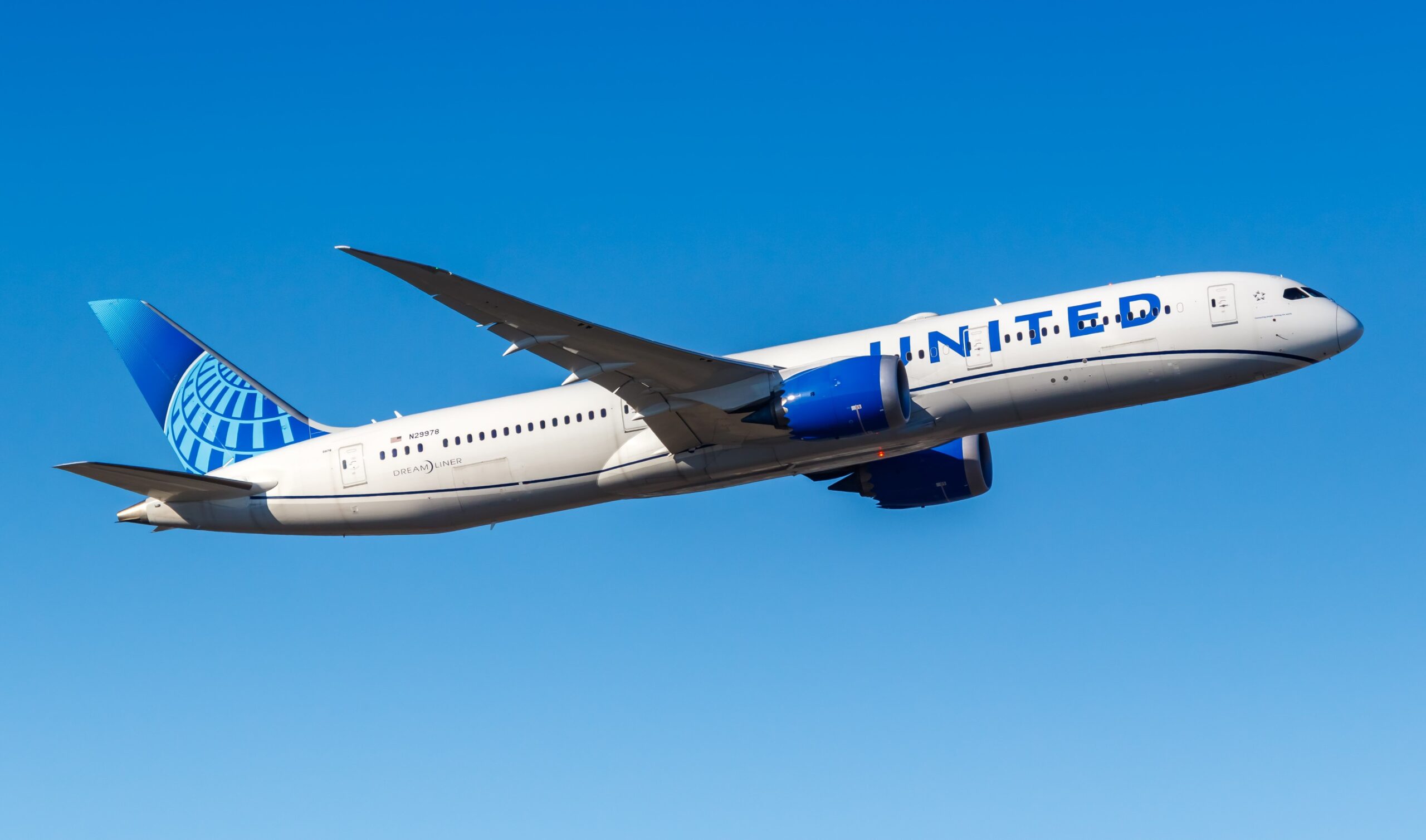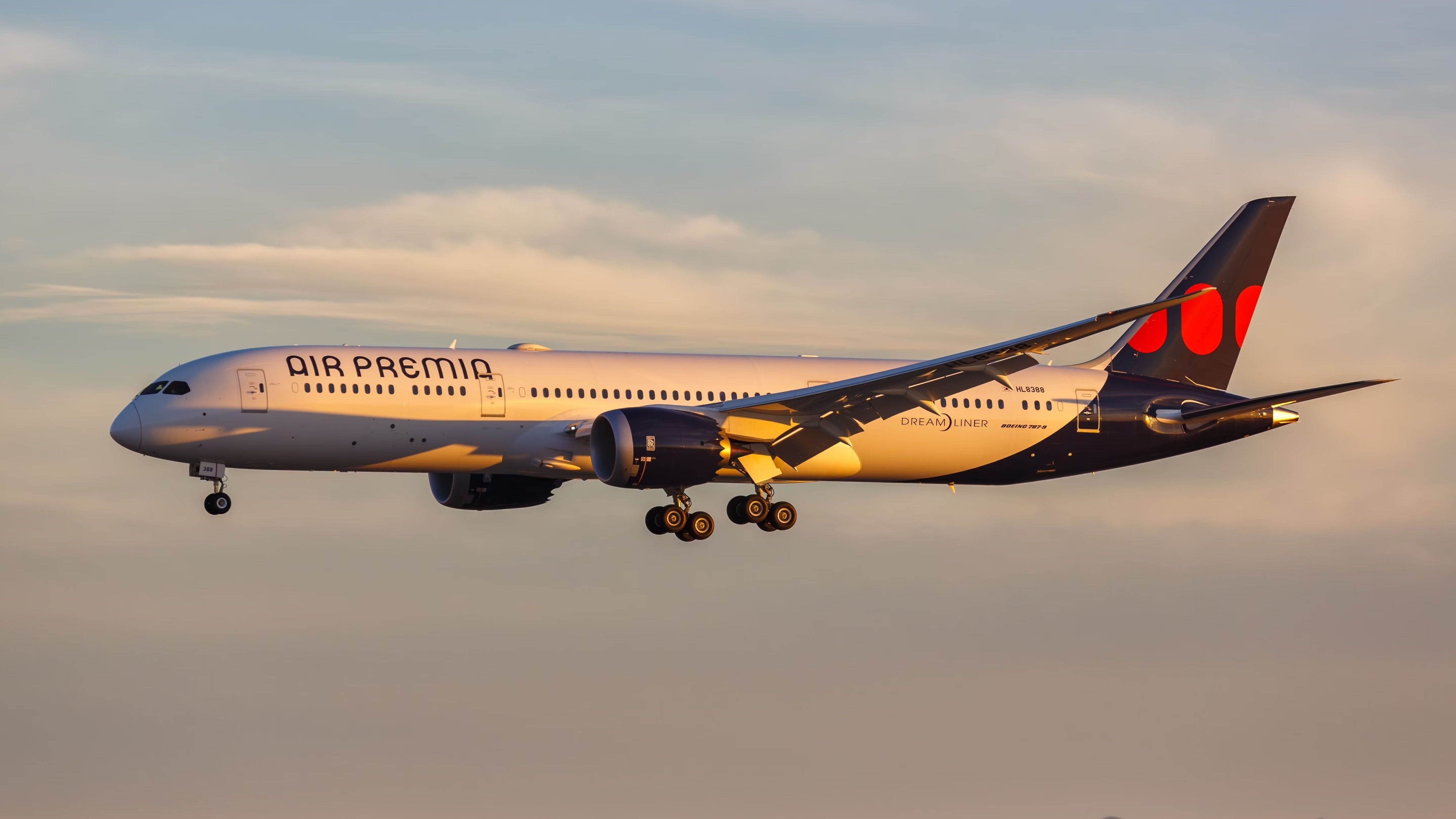San Francisco International is North America’s third-busiest airport for long-haul flights, behind New York JFK and Los Angeles. It is the world’s 14th-busiest airport for such services. These findings are based on examining schedules using Cirium data for September 2024 to August 2025. In all, 41 destinations will be served in this period.
San Francisco’s long-haul carriers
Of course, the airport’s high ranking is partly because of ![]() United Airlines
United Airlines
‘ hub, with the Star Alliance carrier having 40% of San Francisco’s long-haul flights. But it is also served by over three dozen other long-haul passenger operators. Relatively recent additions include Air Premia (in 2024), Condor (2022), ITA Airways (2023), Starlux (2023), Vietnam Airlines (2021), and ZIPAIR (2023).
Photo: Markus Mainka I Shutterstock
Inevitably, airlines have pulled out, among them Air Italy (in 2019; defunct), El Al (2020), Finnair (2019), Hong Kong Airlines (2019), Icelandair (2020), Norse Atlantic (started and ended in 2023), Norwegian (2020; ended long-haul flying), Thomas Cook (in 2019; defunct), and XL Airways France (in 2019; defunct).
Largest unserved long-haul destinations
For this, booking data for the 12 months to July 2024 is analyzed, with the results below. It is based on point-to-point traffic and only to/from San Francisco International.
Bangkok is the largest unserved market. However, as it is a very long way (6,893 nautical miles, 12,767 km each way) and lower-yielding than other similar-distance routes, I do not see the route materializing. Fellow Star Alliance member Air Canada serves Vancouver-Bangkok, which is shorter.
I am not suggesting that the following destinations will or should be served; I am simply examining them.
|
San Francisco to/from… |
Roundtrip passengers: year to July 2024 |
Passengers daily each way |
Average one-way fare (incl. any fuel surcharge but not taxes) |
|---|---|---|---|
|
Bangkok Suvarnabhumi |
113,000 |
155 |
$1,050 |
|
Hyderabad |
80,446 |
110 |
$1,361 |
|
Athens |
73,775 |
101 |
$1,046 |
|
São Paulo Guarulhos |
66,403 |
91 |
$1,153 |
|
Milan Malpensa |
66,290 |
91 |
$994 |
|
Chennai |
58,396 |
80 |
$1,393 |
|
Lima |
57,105 |
78 |
$538 |
|
Berlin |
49,088 |
67 |
$1,324 |
|
Buenos Aires |
42,070 |
58 |
$1,307 |
|
Geneva |
40,157 |
55 |
$1,504 |
|
* Regardless of seasonality |
* Averaged across all passengers in all classes |
Some of the entries are intriguing
For example, Lima-San Francisco was served by LAN Peru until 2014 (Lima-Los Angeles continues to be flown) and is by far the shortest of the 10 markets. Despite this, the much lower fare means the fare per nautical mile is by far the lowest of the 10.
Then there’s Milan, the fifth-largest unserved market. In contrast, Rome only got its first San Francisco flights in 2023—although it now has two (yes, two) carriers. Like many Southern European markets, Rome has seen significant demand recently and big capacity increases.
Milan is very different. Indeed, it will only regain Boston flights next year after last having them in 2008. San Francisco-Milan is a much bigger market (+46% more passengers), but it is much longer (+56%) and has a lower fare (-2%).
Because of the distance, San Francisco’s fare per natural mile is a staggering 37% lower than Boston’s. Air Italy served Milan-San Francisco in 2019, but US Department of Transportation data shows it only filled 60% of seats. As that airline is defunct and Milan is not a hub for any long-haul carrier, only United would start it—and I do not see that happening.


